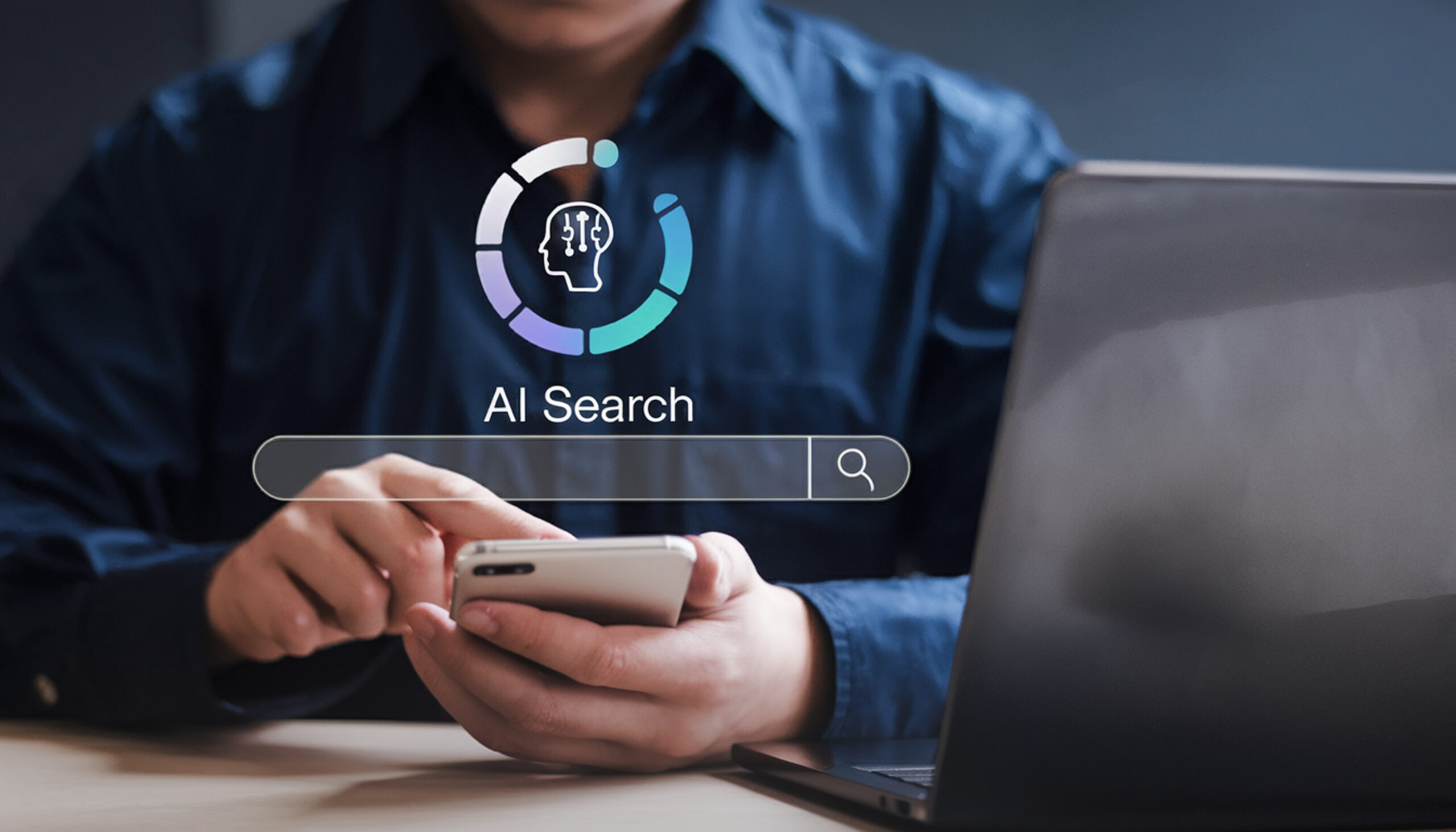Debunking Common Misconceptions About Customer Data Platforms

Table of Contents
Table of Contents
Every technological revolution in history has gone through a transitional period where the new tech was met with fear or skepticism before being widely accepted and adapted by the general population.
Take the steam engine, for example. The steam engine was responsible for powering the Industrial Revolution but, when it was initially introduced, it was met with widespread fear and dissent as people feared it would eliminate manual jobs. After a time people began to realize that, rather than replace their jobs, the steam engine was a tool intended to support their work and improve their bottom line. The same is true today with the introduction of AI-powered technology platforms. Groundbreaking innovation is met with distrust until people begin to see the direct impact and strong benefit they can have on building and strengthening their businesses and eventually, skepticism gives way to widespread adaptation.
The same has proven true in automotive when it comes to adopting Customer Data Platforms (CDP) in dealerships across the US. Like any new technology, CDPs have their cynics and naysayers. CDPs are relatively new technology in the business world at large – but even more so to the world of automotive. There is a lot of confusion and misinformation regarding the capabilities of a CDP and how the technology can fit into – or improve – a dealership’s marketing and data strategies. Let’s take a quick dive into some of the myths and misconceptions out there and set the record straight once and for all.
Understanding the Capabilities of a CDP
Before we dive into debunking, it is important to start with a solid foundation of truth by understanding exactly what a CDP is.
The function of a dealership centric CDP is to fundamentally break data silos and bring multiple data sources including a dealership’s website, CRM, DMS, ad platforms, analytics, email campaigns, and offline interactions together into one coherent platform. The goal of the CDP is to empower business owners with their own consolidated first-party data to better understand their customers and enable them to make effective, data backed marketing and business decisions.
Now that we have that down, let’s dive in.
Myth #1: CDPs and CRMs provide the same benefits.
We often hear dealers say, “well, I have a CRM that has been serving me faithfully for years. Why do I need a CDP when they seem to do the same thing?”
This is a common – and entirely incorrect perception that is costing dealers precious time and revenues.
Truth:
The truth is, a CDP and a CRM are entirely different platforms with different functions and it is important to differentiate between them.
CRM (Customer Relationship Management) software plays host to lead information and sales activity, allowing for a dealership’s sales teams and BDC to work on following leads and generating a timely follow-up process. Now, while the CRM holds a lot of information and is definitely a useful tool, the data collected there is ingested without sorting or formatting and is then used by multiple sales people who may or may not update the system as needed. This is where a CDP comes in.
While CRMs focus on lead management and sales opportunities, the CDP works to ensure data is consolidated and normalized from multiple sources – including the dealership CRM – to create a unified, singular view of shopper behavior that can then be used to create personal engagements and improve shopper experience.
In short, in order to execute a proper data strategy, your dealership needs to employ both a CRM and a CDP.
Myth #2: CDPs are only useful for creating a 360 view of the customer.
When discussing CDPs, the central focus tends to be on the creation of the 360 shopper view (as can be seen in this article as well). While the 360 view has a lot of benefits for dealerships, it is by no means the only purpose or function of a CDP.
Truth:
It is true – the basic function of the CDP is that it works to consolidate data sources and create a 360 view of the shopper. But a proper CDP is worth so much more than that.
Here are just a few ways a CDP can help dealerships improve their bottom line:
- Create hyper segmented audiences – with a CDP you can use your aggregated data to create targeted campaigns for audiences based on specific demographics, purchasing history, and previous interactions with your dealership.
- Improve your customer engagements – by tracking clear shopper journeys, you can ensure your engagements with your shoppers are highly personalized, improving your customer service and building shopper loyalty.
- Maintain your data – with the right CDP, your dealership should be able to maintain data hygiene and safeguard your data so you are fully compliant with data security and privacy regulations.
Myth #3: Customer Data Platforms are only for large enterprises.
CDPs can process huge quantities of data from multiple sources. Your dealership may not have massive amounts of data (or so you think…) so you may feel it is overkill for your business and is better suited for larger global corporations. This is an unfortunate misconception as Customer Data Platforms have plenty to contribute to businesses of all sizes.
Truth:
While it is true that larger companies have more complex data needs, CDPs are tremendously useful for any businesses at any size. In fact, small to medium businesses – like the average local dealership – can benefit strongly from using a CDP as it helps them consolidate and manage their data effectively.
With a CDP, dealerships can optimize their marketing campaigns by building hyper specific audiences, build customer loyalty by creating excellent customer experiences, and improve their understanding of their target customer using aggregated data to improve their bottom line.
Rather than writing off a CDP as something used by large corporations, you may want to consider how a CDP can help your dealership compete on the same level as those corporations.
Myth #4: Customer Data Platforms are expensive and difficult to implement.
Many dealers shy away from implementing a CDP citing concerns about the implementation process and budgetary constraints. While these concerns are valid, it all depends on the CDP you choose.
Truth:
Implementing a CDP at your dealership does not have to be overwhelmingly exorbitant or challenging to implement. Choosing the right CDP provider for your dealership is the key to making sure the technology meets your needs and budget.
Setting up a CDP does take work – you need to integrate multiple data sources, after all. But with the right company and the right customer support, the set up process should be relatively seamless and painless.
Additionally, investment in a CDP should pay off quickly. By optimizing your marketing campaigns using integrated data, improving your customer experience, and improving your overall approach to sales with a data based approach, the investment in a CDP can – and should – pay off tenfold.
When choosing a CDP for your dealership you may want to consider the following questions:
- Does this CDP provide services that can help me eliminate some of my existing vendors?
- How much manual effort is required for my dealership in maintaining the CDP?
- How does this CDP provider handle set up and customer relationships?
If implementation and budgetary concerns are holding you back from making the switch to a CDP, these questions can help you find the right vendor for your dealership to support you through the shift.
Myth #5: You don’t need a CDP if you have an EDW.
Enterprise Data Warehouses (EDW) or data lakes, are a central repository of data designed to help dealerships create reports from transactional databases, log files, and other data sources for dealership use. While data lakes are important and useful for dealerships they are not the same thing as a CDP.
Truth:
While an EDW can provide organizations with a wealth of data that can be used for reporting and analysis, it is not specifically designed for managing and activating customer data for marketing and sales purposes, a functionality offered by the CDP. Interestingly, however, an EDW can serve to create a more effective CDP for dealerships. The EDW can serve as a data source for the CDP to create an even more comprehensive picture of your dealership shoppers.
Myth #6: Customer Data Platforms are a one-time solution.
For many business owners, easy, one off solutions may be sought out to get quick results. The CDP, however, is not a one and done solution – though you still may see quick results.
Truth:
The CDP is a long term solution for dealers looking for a way to consolidate their siloed data. CDPs continuously collect and integrate your first-party data to ensure dealers get up to date, real-time customer data to create a full picture of every shopper. The real-time data updates allow for dealers to make relevant improvements to their marketing, resulting in smarter strategic marketing spend and an improved bottom line.
Myth #7: CDPs are only good for digital marketing use cases.
While a major benefit of using a CDP involves improving your marketing strategy, the technology brings with it multiple benefits.
Truth:
CDPs can be used to support a variety of dealership functions.
A CDP can support your sales team in creating personalized experiences by providing your sales team with information about previous interactions with your customers. That way when Mr. Smith walks into your dealership to talk about a trade-in, it is easy to see which car he purchased from you three years ago, how often he brought it in for service, and see which VDPs he visited on your dealership website before making the trip out. This level of service is what creates return customers.
Another way a CDP can be valuable to a dealership is by using it for business intelligence as well as trend and pattern identification. For example, you may review your data and notice a spike in sales on Fridays. This may lead you to adjust your sales strategy and start more sales on a Thursday evening to inspire potential shoppers to drop by your dealership on Friday. The potential impact of a CDP is endless!
Myth #8: A CDP replaces marketing automation software.
When looking to implement a new software, you may be looking to cut other vendors to save on spend. You may be thinking, well, if a CDP can impact my marketing strategy so significantly, maybe it can replace my marketing automation software!
Truth:
While CDPs can do many great things, they do not yet automate your marketing for you. You will still need marketing automation software for your dealership.
If you are interested in having your consolidated data automatically orchestrated into seamless marketing campaigns, a Customer Data and Experience Platform (CDXP) may be the right choice for your dealership.
A CDXP takes the CDP technology to the next level by adding the “Experience” factor, layering AI-powered marketing technology on top of your dealership’s data. This enables dealers to orchestrate hyper-personalized shopper experiences and marketing campaigns that drive leads and increase dealership revenues with little effort.
Winning Your Data and Marketing Strategy with Fullpath’s CDXP
Fullpath developed automotive’s first and leading CDXP, a Customer Data and Experience Platform with a mission to consolidate all customer data and leverage it to create seamless, omni-channel marketing journeys that sell more cars at lower cost.
Modern shoppers seek personalization. They want to be engaged with retailers in a conversation, rather than an obvious advertising campaign. Fullpath’s CDXP provides dealers with the technology they need to compete on the level of global corporate giants by speaking directly to the needs of their leads.
If you are ready to see how Fullpath’s CDXP can help drive your dealership into the future with AI-powered marketing and data orchestration, reach out to us at get.started@fullpath.com.
Fill out this form to schedule a personalized demo today!
Feel free to tell us more about you so we can personalize your demo.
Sign up for our newsletter!
We value privacy and would never spam you. We will only send you important updates about Fullpath.



